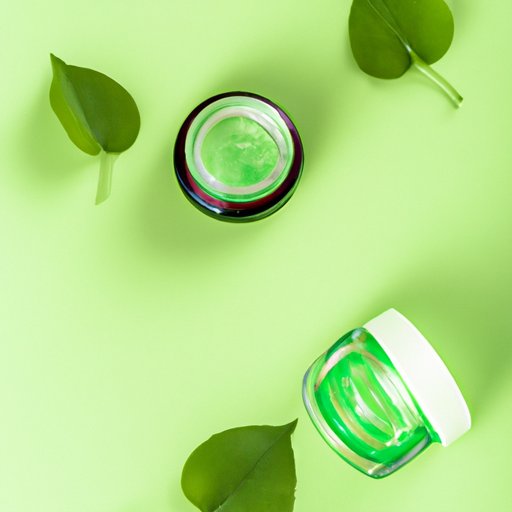
What to Put on Skin After Fluorouracil Treatment: A Guide to Post-Treatment Skin Care
Fluorouracil is a medication commonly used to treat certain types of skin cancer. While it is an effective treatment, it can also have harsh side effects on the skin. After completing the treatment, it is important to take care of your skin to promote healing and prevent further damage. In this article, we will discuss the best tips and products to use for post-fluorouracil skin care.
Understanding the Side Effects of Fluorouracil Treatment
Fluorouracil treatment can cause a variety of side effects ranging from mild to severe. Some of the most common side effects include redness, peeling, itching, and sensitivity to sunlight. These side effects are caused by the way that fluorouracil affects the skin, which can damage the skin cells and cause inflammation.
It is important to take care of your skin after fluorouracil treatment because the skin will be more vulnerable to damage during the healing process. This means that it is more important than ever to use gentle, hydrating skin care products to promote healing and protect the skin.
Best Moisturizers to Use After Fluorouracil Treatment
Moisturizing your skin is one of the most important steps in post-fluorouracil skin care. The right moisturizer can soothe dryness, redness, and peeling, while also promoting healing. Look for moisturizers that are designed for sensitive skin and free from fragrances or other irritants.
Some of the top moisturizers to use after fluorouracil treatment include:
- CeraVe Moisturizing Cream
- Aveeno Daily Moisturizing Lotion
- Eucerin Original Healing Cream
When choosing a moisturizer, look for ingredients like aloe vera, hyaluronic acid, or ceramides, which can help soothe the skin and restore its natural moisture barrier.
Tips for Soothing Skin After Fluorouracil Treatment
In addition to using a moisturizer, there are a number of other tips that can help soothe your skin after fluorouracil treatment. One of the best ways to ease discomfort is to use cool compresses or take cool baths. This can help relieve itching and redness while also promoting healing.
You can also try using an occlusive barrier like petroleum jelly or Aquaphor to protect the skin and prevent further irritation. Be sure to avoid topical medications, perfumes, or other harsh products that could further damage the skin.
How to Build a Skincare Routine After Fluorouracil Treatment
Building a gentle, effective skincare routine is essential for promoting healing and preventing further damage after fluorouracil treatment. Your skincare routine should include a gentle cleanser, hydrating moisturizer, and a broad-spectrum sunscreen with an SPF of 30 or higher.
It is important to avoid harsh products like exfoliants or retinoids for at least a few weeks after treatment, as these can further irritate the skin. Instead, focus on using gentle, hydrating products that are free from fragrances or other irritants.
Natural Remedies for Post-Fluorouracil Skin Care
Natural remedies can be a great way to soothe the skin and promote healing after fluorouracil treatment. Some of the most effective natural remedies for post-treatment skin care include:
- Honey – has antibacterial and anti-inflammatory properties
- Chamomile – can reduce redness and inflammation
- Calendula – has soothing and healing properties
These ingredients can be used topically in the form of masks, toners, or other skincare products. They can also be consumed orally for their health benefits.
The Science Behind Fluorouracil Treatment
Fluorouracil is a medication that works by inhibiting the growth of cancer cells. It works by interfering with the DNA replication process, which causes the cancer cells to die. Unfortunately, this process can also affect healthy cells in the skin, leading to side effects such as redness, peeling, and sensitivity to sunlight.
It is important to understand the unique properties of fluorouracil so that you can better care for your skin after treatment. This medication can have long-term effects on the skin, including increased sensitivity to sunlight and a higher risk of developing skin cancer in the future.
When to Seek Medical Attention After Fluorouracil Treatment
While post-fluorouracil skin care can be effective in promoting healing and preventing further damage, there are some cases where medical attention may be necessary. If you experience signs of infection, including redness, swelling, or pus, you should seek medical attention immediately. You should also contact your doctor if you experience severe reactions such as blistering, fever, or difficulty breathing.
Conclusion
Post-fluorouracil skin care is an important component of the healing process after treatment. By using gentle, hydrating products and following best practices for post-treatment skin care, you can soothe side effects and promote healing. Natural remedies can also be effective in promoting healing and preventing further damage. Be sure to take post-treatment skin care seriously and seek medical attention if necessary.





